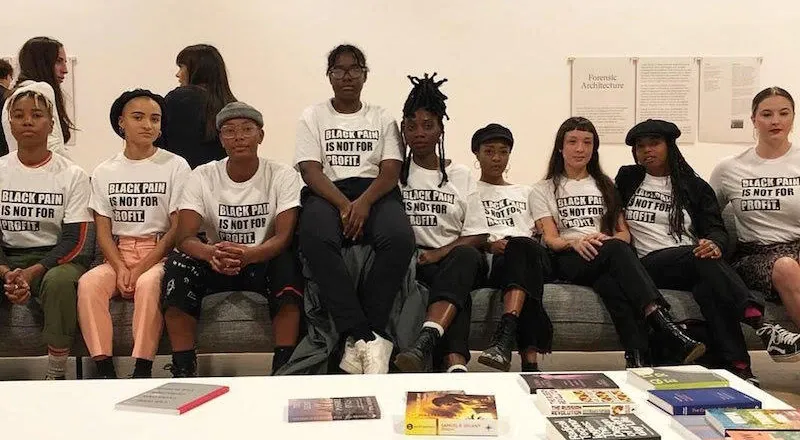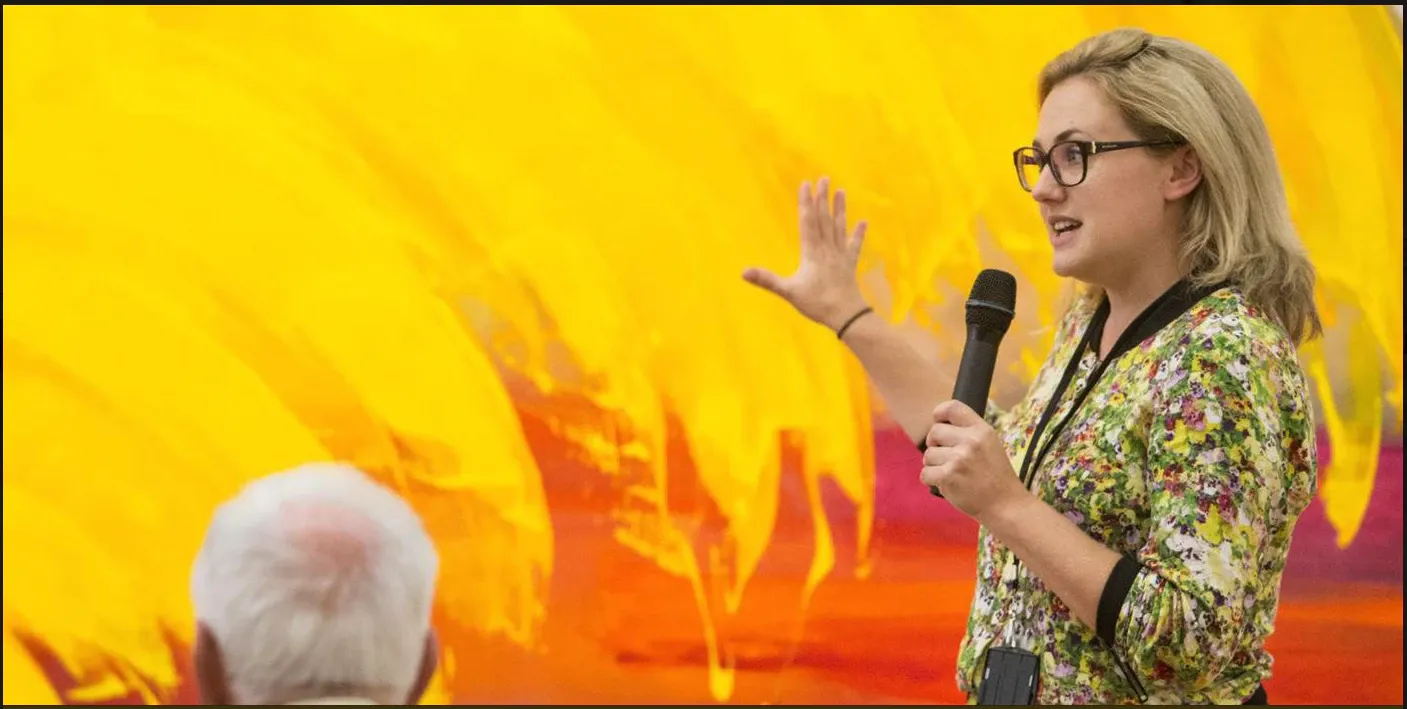The Lowdown #23: Media, money and marginalisation
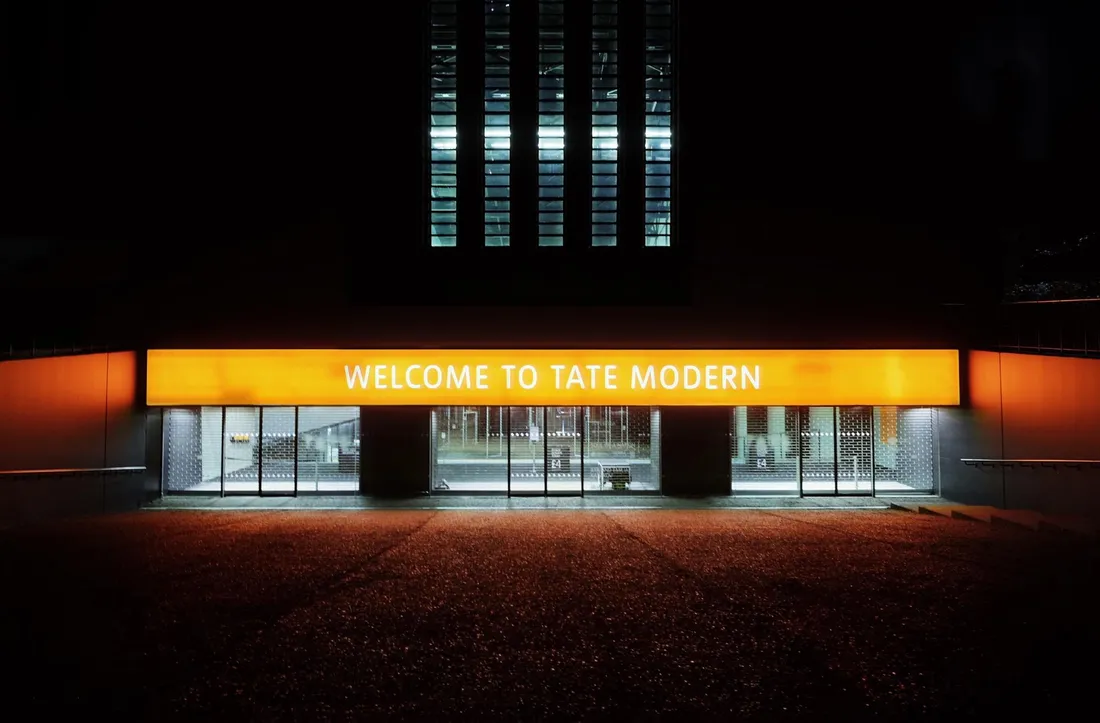
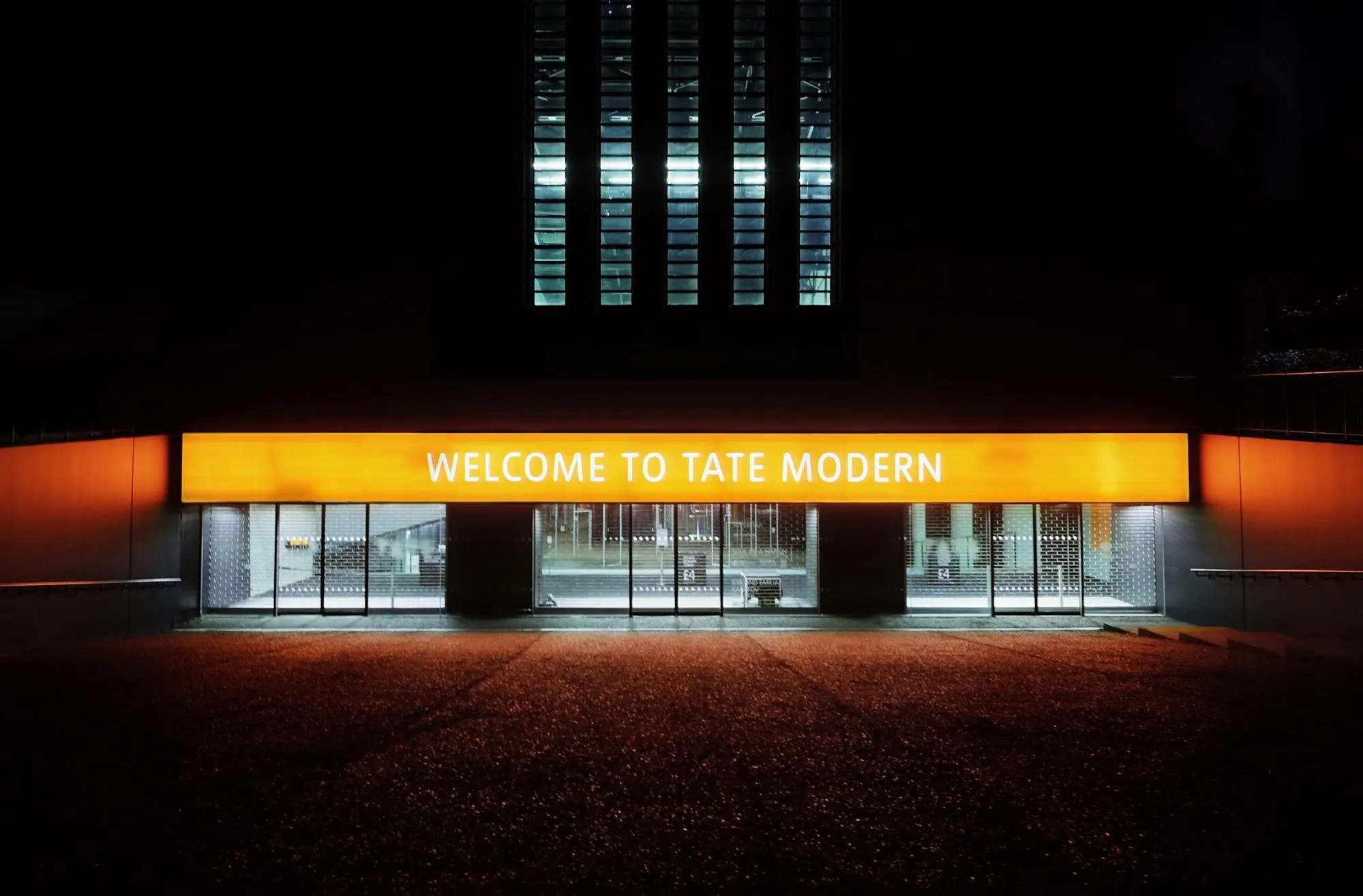
BBZ protest at Turner Prize. Photo via Instagram
Curators defend Luke Willis Thompson at Turner
If it’s true there’s no such thing as bad publicity, that would be good news indeed for New Zealander Luke Willis Thompson, and his nomination for the prestigious and lucrative Turner Prize in the UK, which continues to fuel debate. The exhibition opening was picketed last month by a group called BBZ. I can’t find what the letters stand for, but their Instagram profile describes them as “a club night/curatorial collective from SE london, prioritising the experiences of Queer womxn, trans and nb poc.”
It might not surprise us that Thompson’s not-very-brown skin colour is excluded from “nb”. Their objection is now familiar to followers of art news, but surprising in an Aotearoa context. Here’s background for the uninitiated. Describing the part Fijian Thompson as “white passing”, they object to his use of racial material, in this case a film portrait of the African American Diane Reynolds, who livestreamed American police shooting her husband as he sat opposite her in their car.
In short, the non white (and non white people of colour) art community in the UK is livid.
Into this stoush - and to Willis’s defence - has waded Wellington academic and curator Peter Brunt. Having recently staged the massive, magnificent and much admired Oceania exhibit with the Royal Academy, Brunt pointed out the offence Thompson may take - obvious to a an audience in Aotearoa - to the phrase “white passing” in the context of his Fijian heritage.
He goes on to school a northern hemisphere audience in Pasifika race theory, pointing out that colour has a less literal reading in our neck of the woods than it does up north.
Here’s an essay by Rene Matic, published soon after the nomination was announced in May and which has articulated much of the protestors’ concerns. It’s worth a read, whether you agree with Matic and the BBZ or not.
The Turner prize will be announced in December. The 34th edition and exhibition is currently held at Tate Britain.
Films follow the money
Speaking of benefits, I received some well considered feedback on my recent Lowdown's coverage of the Government’s film production rebate. And - yes - I acknowledge there are two sides to this. It’s true that the rebate system does more than line the pockets of Hollywood producers (and I note that some of them are also NZ residents). It also creates work, and plenty of it, out of money that wouldn’t otherwise be spent here.
Also in film, I have word that 2018 was a bumper year for the NZ International Film Festival, breaking the national attendance record set back in 2004. It seems that spreading the festival to over a dozen towns and cities throughout the land is doing good things. But it’s not just that: the longstanding Auckland and Wellington events had their best year ever, as did the more recently established Timaru festival.
The record breaking cinema feast is especially impressive, given director Bill Gosden’s recent acknowledgement in a TBI interview that both the demand and supply of art house movies is not what it was. Gosden also identified lack of infrastructure within the Auckland CBD as something of a headwind. Bring on the CRL.
The Lowdown goes out wide
Regular Lowdown readers may have noticed the introduction of some new contributors. Founding Lowdown editor Mark Amery is doing a stint over at Radio New Zealand’s Standing Room Only, and it was always his intention to expand its coverage beyond the view of a single person in a single place: we’re nothing without diversity.
So for starters you’ve got me and the fabulous, Christchurch-based Emma Johnson, and we’ll be casting the net wider still in the weeks to come. Mark will still hold the reins but is ever welcoming of new contributors.
Emma wears some interesting hats. When she’s not writing stuff for TBI, she’s one of the people behind Christchurch’s festival reclaiming the streets, FESTA, which has been getting some great press lately. When she’s not on that, she’s on the indie publisher Freerange press.
If you’re missing Mark, give him some love over at Paekakariki 88.2 FM. Here’s a rather delicious hour long sit-down with Don McGlashan, where the two go deep into the nitty gritty of McGlashan’s long and rich catalogue of songwriting and music making. Yes, there’s a playlist to match the kōrero.
Sarah Farrah, photo via Twitter @Te_Papa
New curatorial head at AAG
Further to last week’s announcement that Auckland Art Gallery has named Sarah Farrah their new Head of Curatorial and Exhibitions, I note with interest that while at Te Papa, Farrar did a stint at the curatorial hot-house De Appel Curatorial Programme in the Netherlands. This institute boasts a preference for “a conscious rejection of the increasing universalization of curatorial practices”.
Given it took ten months to fill the role, it seems unlikely the role of Director - recently vacated by Rhana Devonport - will be filled anytime soon. Meanwhile, genuine question: if anyone has a headcount on the proportion of tangata whenua at the helm of major arts institutes, please let me know.
Staff sought for Venice Biennale
A tantalising role as an attendant at Dane Mitchell’s exhibit in the Venice Biennale has come to the attention of Auckland art critic Francis McWhannell. He is activating debate on whether the voluntary role advertised for Venice should be a paid role.
The role advertised for Venice will take six people for seven hours a day, six days a week for about six weeks. It requires people with a strong knowledge of the visual arts (and of exhibitor Dane Mitchell); to be able to communicate that knowledge with a demanding (and multilingual) audience; and to be “highly proficient” at multimedia sculptural installation and maintenance.
On the plus side, you get a return flight and a shared apartment.
I called Creative New Zealand for comment. Spokesperson Helen Isbister informed me that “Each country at the Biennale structures the staffing of their pavilion differently. Many employ local staff in Venice rather than provide support for attendants to travel and experience the Biennale. We consider the latter approach provides a unique professional development opportunity in an international setting for our visual arts community.”
Shattering traditions
New Zealand has a strong culture of glass art, and it’s not one that gets talked about much (that said, TBI was happy to get this cool piece by Layla Walter a while back). So it’s exciting to learn of the first ever trans Tasman CoLab Conference, “exploring the multifaceted nature of collaboration in glass.”
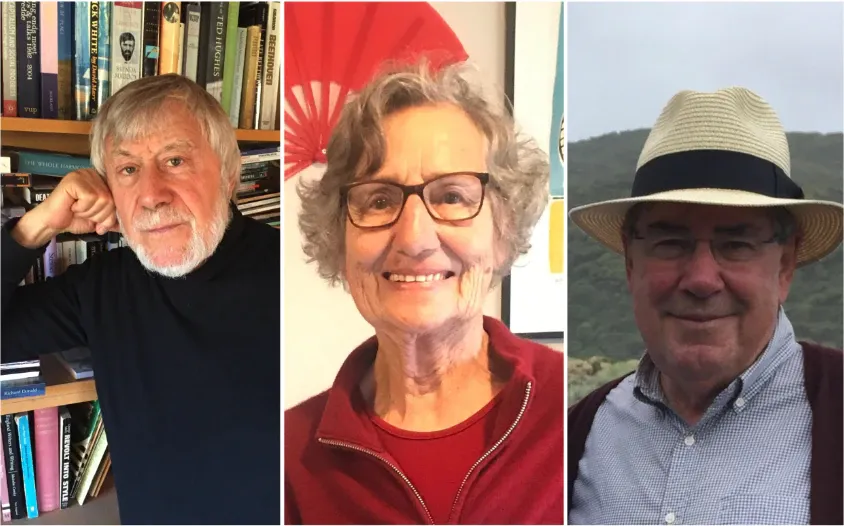
Awards and celebrations
Wystan Curnow, Michael Harlow and Renee have been declared the winners of the Prime Minister’s Award for Literary Achievement. Every year the award is made to writers in fiction (Renee), nonfiction (Curnow) and poetry (Harlow), and this year the recipients each take away $60,000 each. Nice work.
Also in literature, the Michael King Writers’ Centre has announced their residency recipients for 2019. There are 21 in total, including Gary Henderson, Emma Neale, Fiona Samuel, Murray Edmond and Dominic “Tourettes” Hoey and obviously tons more. If that seems like a lot, it reflects something of a trend in residencies, which - my spies inform me - are finding more demand from writers and artists for shorter installments. It seems nobody’s got time these days.
Want more?
Te Karere have put together a great television piece on Wi Taepa and his Auckland Art gallery survey exhibition.
Want more of the Lowdown? Check out past Arts Media Lowdowns here and subscribe here to our weekly bulletin so it comes straight to your inbox.
News and content ideas are welcomed for future editions of Arts Media Lowdown. Please send to mark.amery@thebigidea.co.nz.
